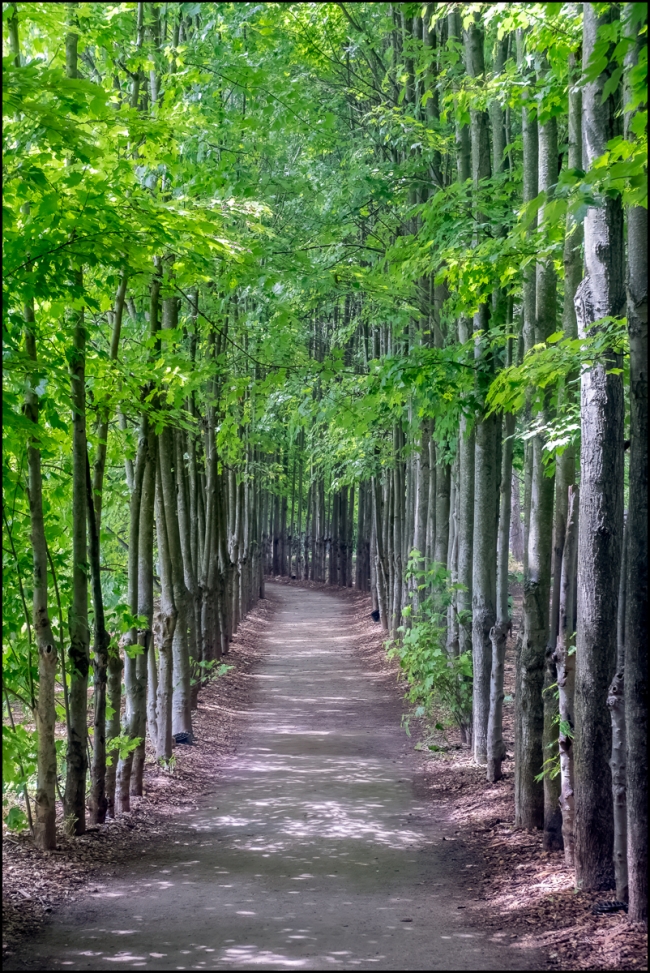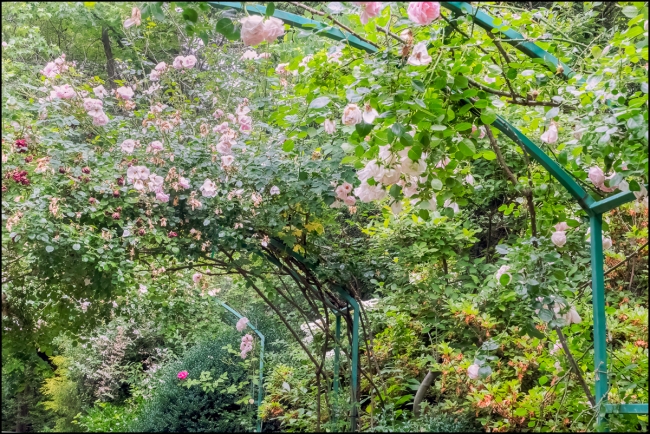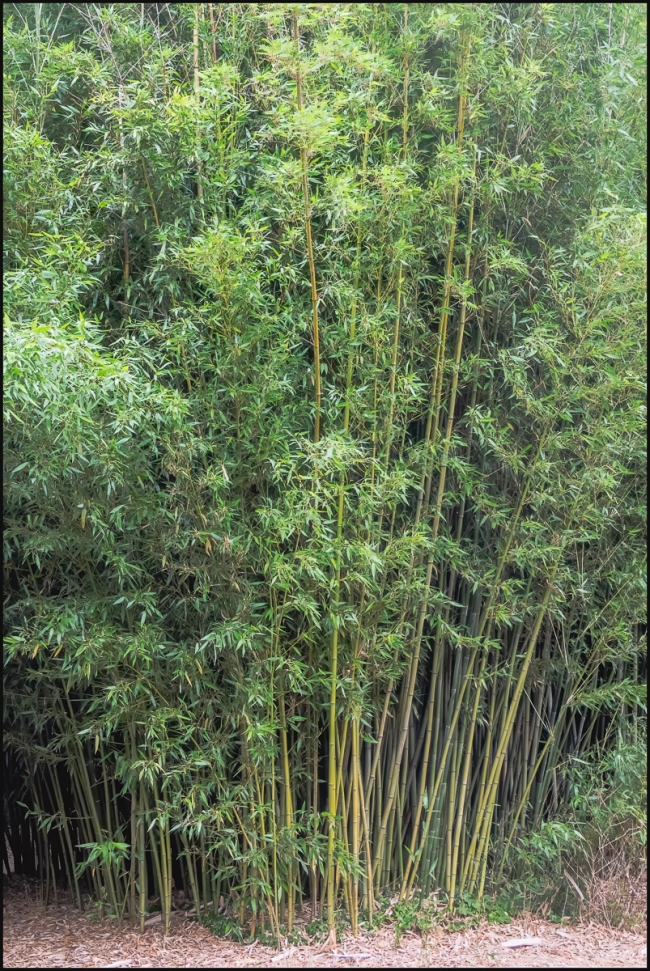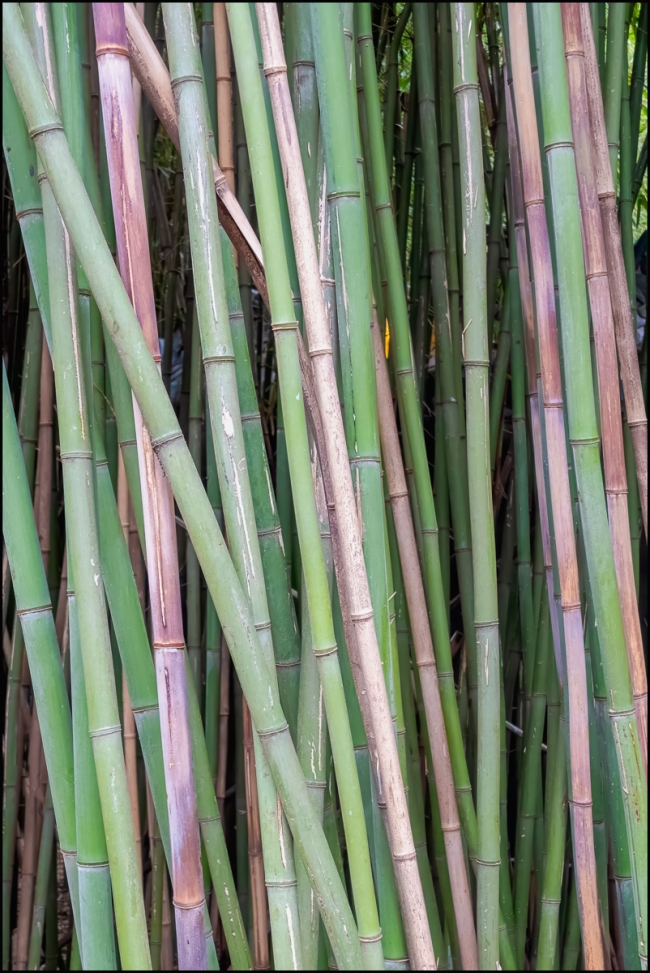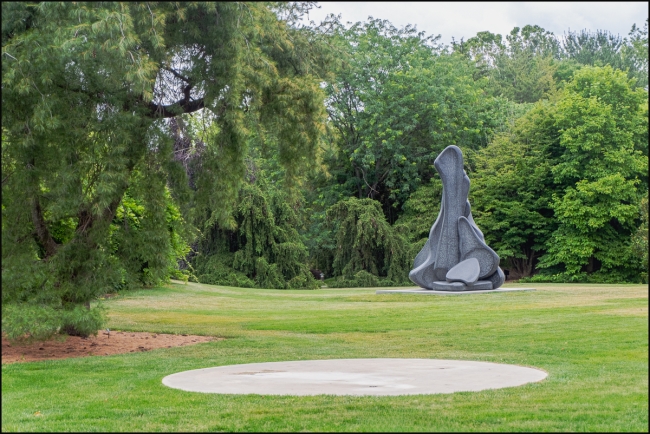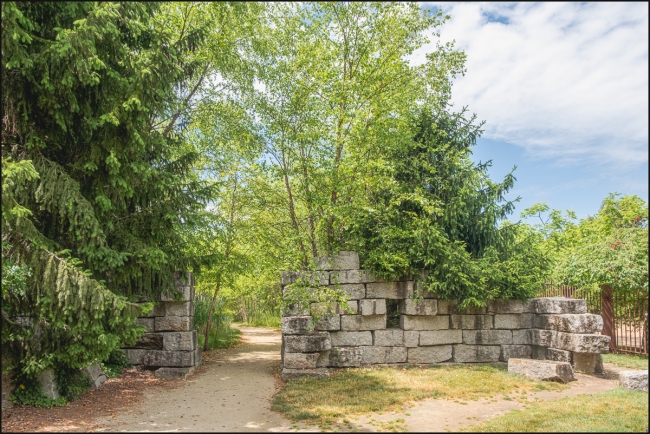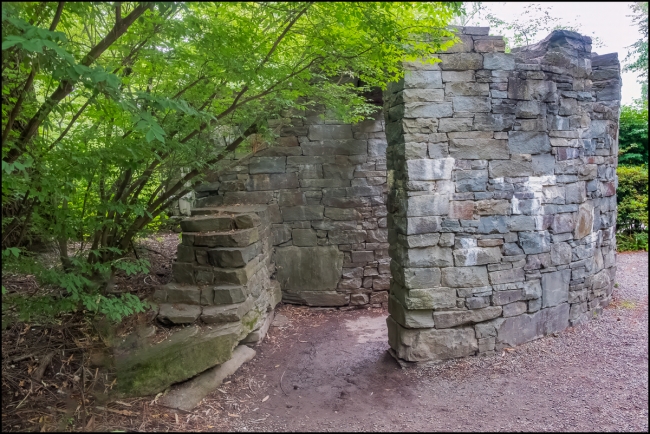The Grounds for Sculpture website describes the gardens as follows:
In 1984, J. Seward Johnson, sculptor and philanthropist, envisioned a public sculpture garden and museum in Hamilton, New Jersey. His desire was to make contemporary sculpture accessible to all, offering visitors the opportunity to become comfortable with contemporary art through a progressive and self-directed journey.
In 1986, an architectural competition was held for the design of a sculpture park to be located at the old New Jersey State Fairgrounds. The site, which had been abandoned for years, was derelict and barren except for three dilapidated exhibition buildings and fifteen gnarled maple trees. Brian Carey of AC/BC Associates in New York City was selected to be the Project Architect.
Grounds For Sculpture (GFS) was envisioned as a place to exhibit sculpture and as a garden and arboretum. The design included formal and informal aspects. Paved terraces, pergolas, and courtyards juxtaposed natural woodlands, ponds, and bamboo groves. Expanses of lawn were delineated by sculptured rose-covered berms.
Landscape construction began in 1989. Since then over 2,000 trees, representing more than 100 species and cultivars, have been planted. In addition to typical nursery stock, many plants were collected from estates and abandoned nurseries, or were salvaged from construction sites. Many of the rare and unusual trees you find here today were selected by Carey and Bruce Daniels, former GFS Facilities Director and Project Manager.
GFS opened to the public in 1992. Since that time, it has welcomed over three million guests. The sculpture park, which started on 15 acres with 15 works of art on display, has expanded to 42 acres containing nearly 300 contemporary sculptures across the ever-changing landscape. It is a work of art itself.
The interplay between sculpture and horticulture is an important part of the vision for GFS. In founder Seward Johnson’s words, the hope is that GFS will “fill people everywhere with the emotional sustenance derived from the powerful and restorative connection between art and nature.”
A complete list of Horticultural Highlights can be found here.
Taken with a Fuji X-E3 and Fuji XC 16-50mm f3.5-5.6 OSS II

